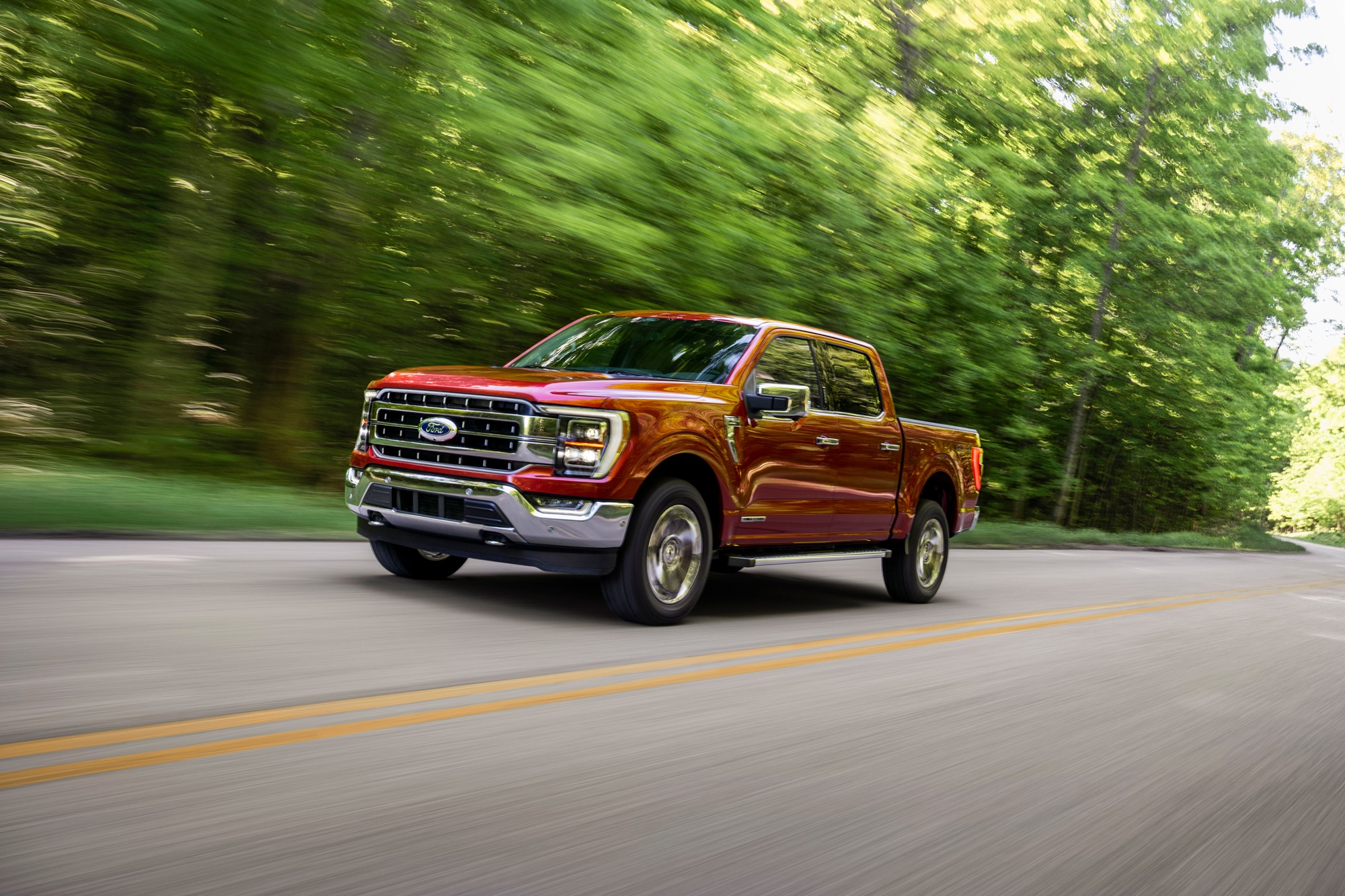4Hi vs. 4Lo: What's the Difference and When Should You Use Each?
When roads are slippery – or there’s no road at all – having the option to choose gear ranges in an off-road vehicle can be the difference between getting stuck and driving away.
 Ford
Ford
Article QuickTakes:
Among the many jobs given over to computers in modern vehicles is how the engine’s output is distributed to the wheels. Much of the time, it’s microprocessors making the call, operating through safety features like traction control and electronic stability systems.
An exception – where the driver is given manual control – is sometimes seen in pickups and SUVs that are equipped for serious off-road adventures or other poor surface conditions. On these vehicles, there’s typically a choice of selecting high range or low range gearing, as well as two-wheel drive or four-wheel drive, as required by driving conditions. The floor-mounted gear levers used in years past have mostly been replaced by electrical switches, but the choices, which may include an “automatic” setting, are largely up to the driver.
This is a bit different from the all-wheel drive (AWD) systems used in many sports cars, sedans, crossovers, and SUVs. Those AWD systems are usually engaged at all times, with the driver having little control over which wheels are powered.
4Hi vs. 4Lo: What Do They Represent?
The most serious off-road vehicles and work trucks on the market offer a manually adjustable drivetrain with at least two settings — 4Hi and 4Lo — and sometimes third and fourth choices, 2Hi and 4Hi Automatic.
These settings are selected through a mechanical device called a transfer case, which splits engine torque coming from the transmission and sends it to either the rear wheels alone (in the 2Hi setting) or to all four wheels. Transfer cases in vehicles designed for off-road use may also let you lock the split at a 50-50 share so that the front and rear wheels each get equal portions of the engine’s torque.
What are the Advantages of Using 4Hi or 4Lo?
The transfer case contains gears that function like a second transmission. When you select 4Lo, you’re lowering the gear ratio to multiply the amount of torque sent to the driven wheels. On the other hand, 4Hi is for when you want the security of all four wheels being powered, but you’re driving at higher speeds. The advantages of selecting 2Hi over 4Hi include increased fuel efficiency and reduced wear and tear on the front axle components.
If the vehicle has an “automatic” setting, it can be used on any kind of terrain. Automatic modes are ideal for rainy days or in slushy/snowy conditions.
When Should You Use 4Hi and 4Lo?
In simple terms, when conditions are good, or when you’re driving on pavement at higher speeds, use 2Hi. When conditions are slippery – say deeper snow or mud – but you’re driving at typical road speeds, use 4Hi.
Need maximum traction and driving at low speeds? Go to 4Lo.
When you’re trying to move an unusually heavy load, climb a steep incline or get through tricky conditions like deep mud, 4Lo is the best choice. With the transfer case sending more torque to all four wheels, this setting will deliver the oomph needed to get you going. It’s unlikely this setting would ever be used at speeds above 35 mph.
If you’re on a snow-covered freeway or a gravel road in farm country, 4Hi will help you maintain control of the vehicle by sending engine torque to all four wheels. This setting is for when you need all four wheels pulling, but not to pull yourself out of a sticky situation. In many vehicles, you will need to come to a complete stop and engage the transmission’s neutral mode to go into or out of 4Lo.



